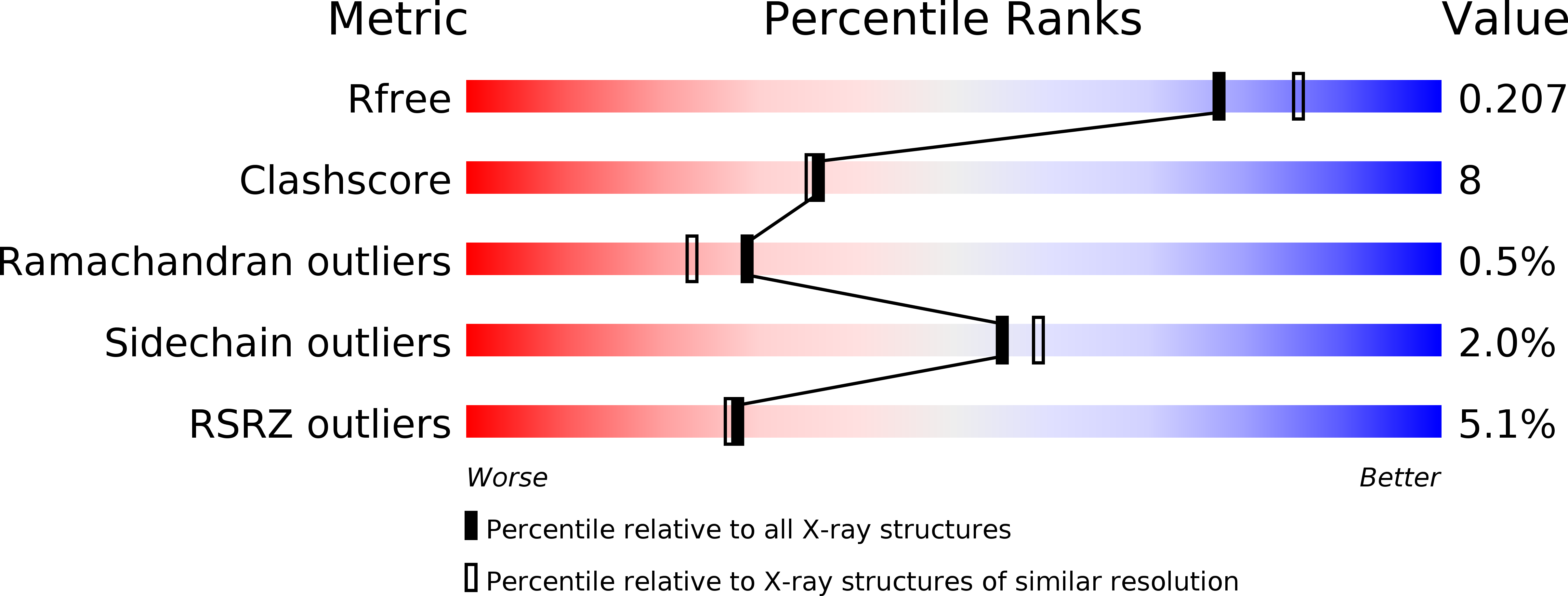
Deposition Date
2020-07-20
Release Date
2020-09-16
Last Version Date
2023-10-18
Entry Detail
PDB ID:
7JH4
Keywords:
Title:
Crystal structure of NAD(P)H-flavin oxidoreductase (NfoR) from S. aureus complexed with reduced FMN and NAD+
Biological Source:
Source Organism:
Staphylococcus aureus subsp. aureus (Taxon ID: 46170)
Host Organism:
Method Details:
Experimental Method:
Resolution:
2.00 Å
R-Value Free:
0.20
R-Value Work:
0.16
R-Value Observed:
0.17
Space Group:
C 1 2 1


